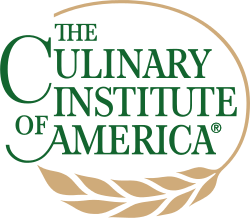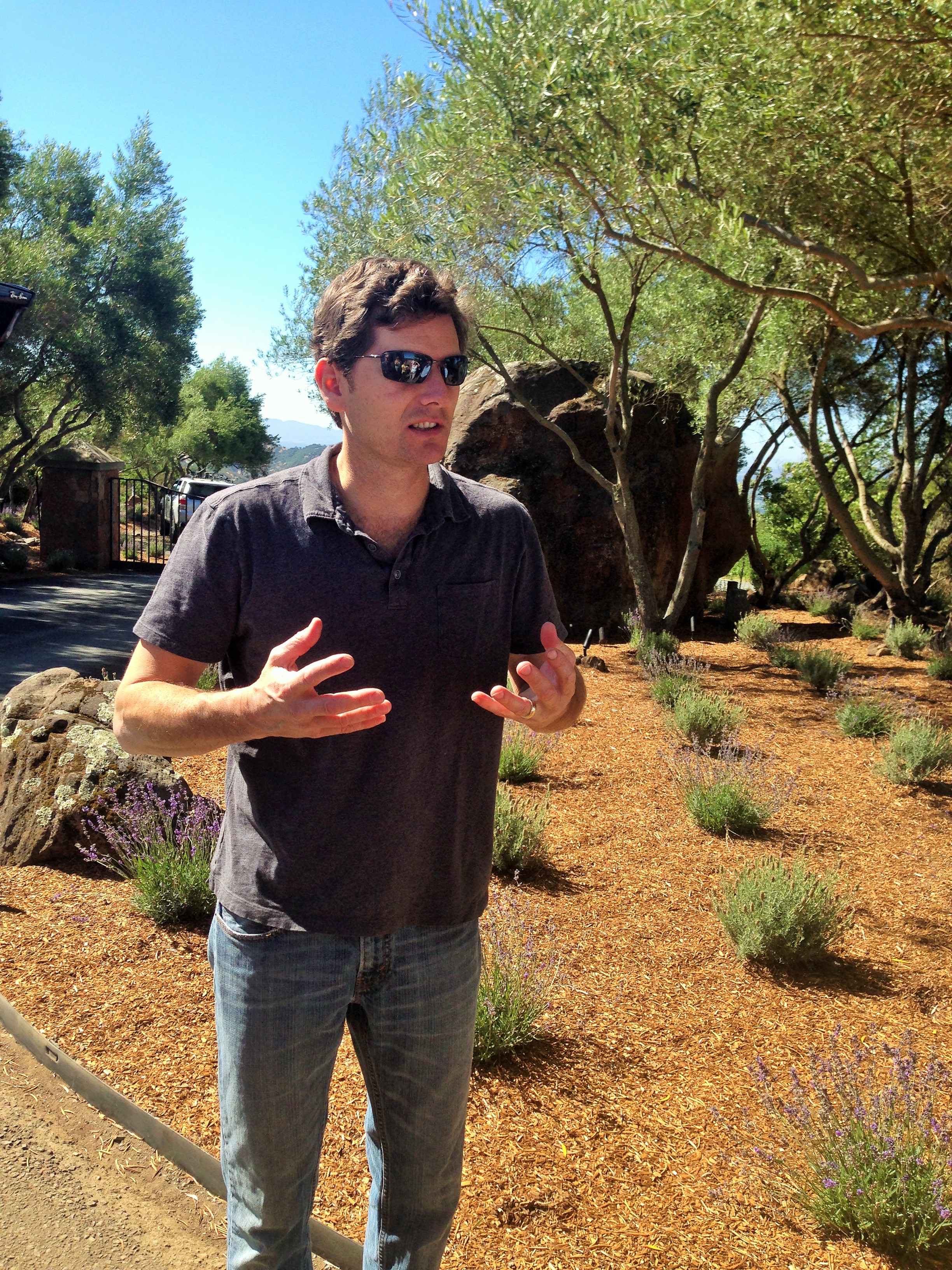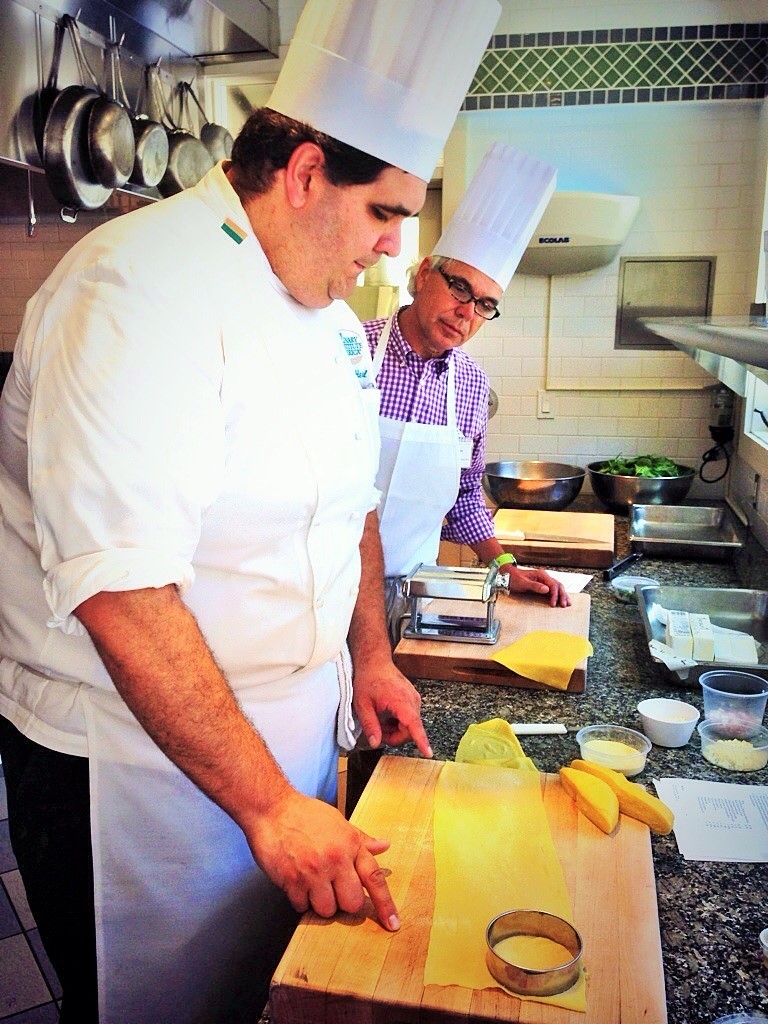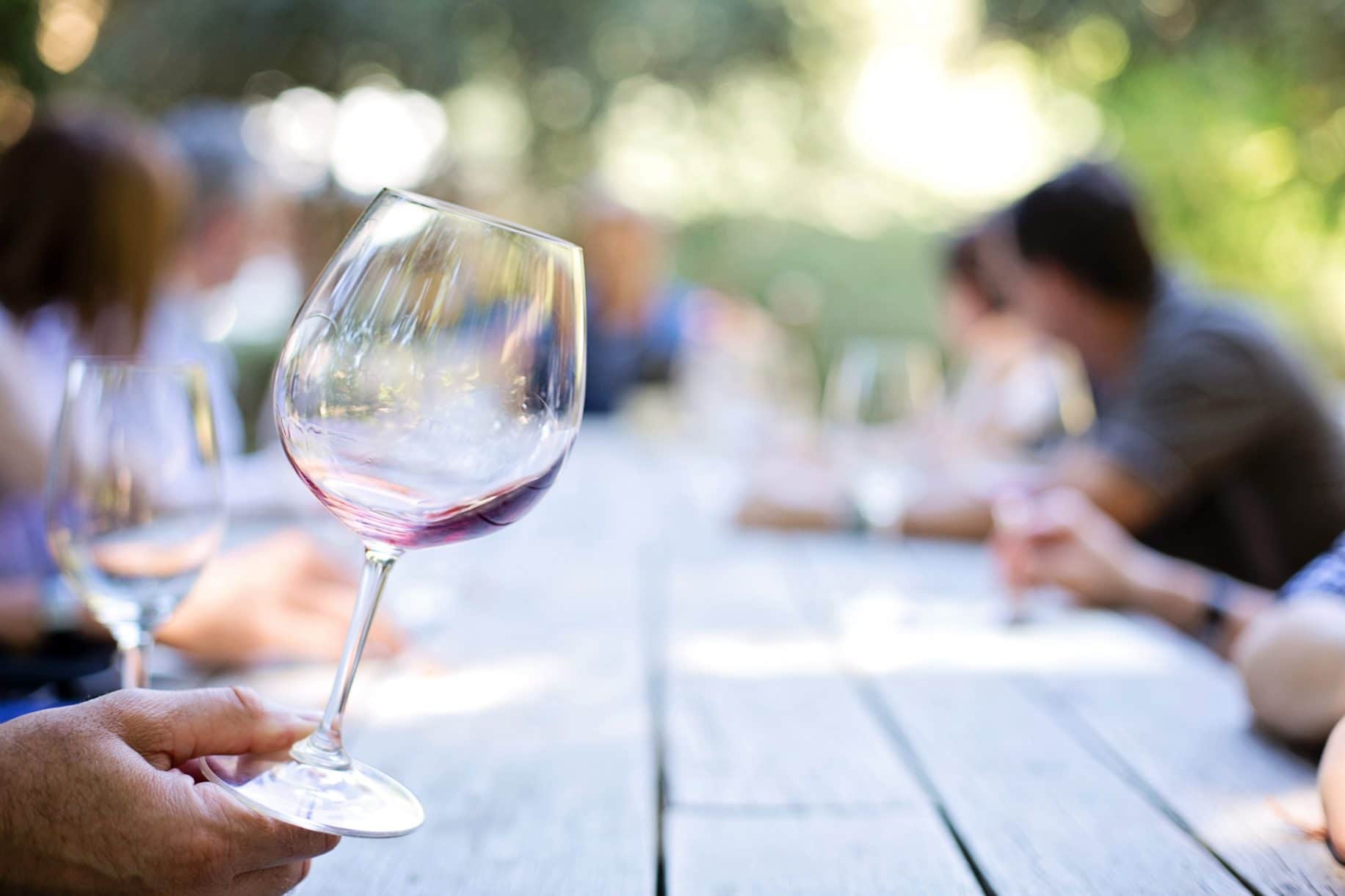
Located in the heart of the wine country in charming St Helena, the historic building (constructed in 1889) brings together many food and wine industry luminaries. It’s hard to adequately describe this magical spot, which emanates old world charm combined with modern sensibilities.
The CIA offers a wide range of educational programs, from associate degrees to non-accredited consumer-orientated courses. These courses range from two to five day boot camps.
Given my love of wine and food, and my familiarity with the venue, I was excited by the opportunity to attend the “Wine Boot Camp – Become Wine Wise” course. Little did I know that the week that I spent at the CIA would forever change me.

Last week, I was fortunate to attend the Wine Boot Camp taught by Robert Bath, a Master Sommelier—one of only 135 in the US to have earned this coveted title. His 30 year long career highlights include:
- Composing the original wine list for Thomas Keller’ French Laundry as well as working with several of Wine Spectator Award restaurants
- Founding a consultancy group RLB Wine Group which developed wine education programs for brands such as Marriott, Crystal Cruises, Taj, Kendal Jackson, etc.
- Being the national sales manager for Shafer Vineyards in addition to working with Duckhorn, Dalla Valle, Viader, Hartwell, Iron Horse, etc.
- Contributing to prestigious publications such as the Sommelier Journal and Sante
- Importing wine from vineyards across New Zealand
The idea behind the five day course was to expand one’s existing wine savvy and also expose students to a wide array of wine related subjects, from basics of deductive tasting methods to Master Sommelier level service program. Whether you are an aspiring wine aficionado or a trained professional, this course offers an unprecedented opportunity to greatly expand your existing knowledge base.
Every day of instruction contained a series of stimulating sensory and intellectual experiences. Bob Bath is a great teacher who draws you out and facilitates maximum immersion. Leading questions, blind and guided tastings, cerebral and palatal workouts made for a wonderful learning experience.
Day one was dedicated to the basics of wine tasting, learning a systematic wine evaluation process, becoming familiar with the concept of appellations, wine making methods and practices, and key concepts of wine styles. It featured a series of blind tastings that stretched every attendee’s wine appreciation skills.

Day two included a field trip to David Arthur Vineyards and Montagna Vineyards. The afternoon was spent with the co-winemaker for the brands, Nile Zacherle, whose initial interest in alcohol fermentation was spurred on by beer and evolved into wine stints in Australia, and in California at Sterling Vineyards, Chateau Montelena and Barnett. Nile introduced us to wines from a two year old vineyard that was planted primarily to clonal material sourced from friends and neighbors, as opposed to nurseries, in order to avoid any possibility of disease-tainted vines. We were subsequently invited to sample 2011, 2012 and 2013 (barrel samples) of David Arthur flagship wine, “Elevation 1147” and “La Presa” from Montagna. It was a fascinating comparative tasting of two magnificent offerings. Crafted by the same winemaker, this tasting showcased soil and vintage diversity as well as different varietal compositions.
Back in class we learned about American Viticultural Areas, wine labeling, vineyard and farming influences and major distinguishing characteristics of white grape varietals.
That night, as part of the curriculum, we had fabulous dinner at the CIA Greystone restaurant. The restaurant is run by CIA students, with the faculty oversight. The menu focuses on local, seasonal ingredients. Delightfully, the facility features a full view of the open kitchen. The food was fantastic. The meal started with a fresh salad consisting of spring greens, popped quinoa and pea sprouts dressed in sky billgoat cheese. It was followed by a perfectly prepared black pepper cured five dot ranch strip sirloin. The chocolate cake with blackberry reduction just about pushed us over the edge.
Day three was dedicated to discussing the diversity of Napa Valley’s various viticultural areas. A field trip to Raymond Vineyards drove home the point. The vineyard management team at Raymond Vineyards is known for their rigorous biodynamic regime, courtesy of the owner, Jean Charles Boisset’s unrelenting pursuit of organic farming. We had an opportunity to spend quality time with their gardener (the facility boasts an organic “Theater of Nature” garden), oenologist, viticulturalist and VIP hospitality coordinator. We toured the winery and tasted an array of wines, including the famed “Generations” 2010 Cabernet and Chardonnay.
Day four was all about food and wine pairing, and boy was it hands on! One of the most fascinating moments of my tasting career was the “white bean soup” exercise. A large pot of flavor-neutral white bean soup appeared along with a tray of various flavor enhancers. There were eighteen flavor enhancers offered, including fresh herbs, olive oils, bacon, dukka (an Indian spice) and Chinese hoisin sauce. The goal was to find the optimal pairing of flavored white bean soup with six different wines. We wound up trying dozens upon dozens of combinations, with folks reaching consensus on only a few, but mostly having exploratory fun.

Later we were introduced to Chef William Heubel, our “Iron Chef” for the day. He guided us through a preparation of a wonderful three course meal consisting of pillowy ravioli on a bed of spinach and porcini mushrooms, parmesan infused brodo (an Italian stock) finished with goat cheese, lamb with rare red polenta, and luscious plum dessert.
Traci Dutton, manager of wine and beverage studies at the CIA, paired wines with our meal. We enjoyed a fascinating interplay of white, rose, and red wines with our dishes. The meal was followed by a great conversation with Chef Heubel. He discussed the perils of CIA student’s expecting instant success. Although many CIA graduates move onto some of the most prestigious restaurants in the country (recent examples include Press and Auberge du Soleil), for many it takes years of hard work before fame and recognition arrive.
Hailing from a number of four star properties such as Four Seasons Lanai, The Highlands Inn in Carmel, Ventana in Big Sur, and L’Auberge de Sedona, Heubel settled in at CIA. His food philosophy centers around eating thoughtfully and consciously. He favors shifting the focus from protein being the star of the show, to a more balanced approach where side dishes which are prepared using seasonal, local fare share the spotlight.
Day five came was dedicated to “living with wine”—wine storage, stemware, decanting, alternative bottle closures, and opening various wine bottles (there is a way of opening sparkling wine sans noise and flying corks drama.)
“Wine as a lifestyle” is a powerful and highly applicable concept, that can be practiced in any circumstances. Value added is exponential, the better you drink and eat, the more you want to delve further into your own potential to live well. Wine’s flavor profiles, stylistic differences and price points take on a whole different meaning with the background knowledge under one’s belt. If you are an wine aficionado, or just a novice, this course will greatly enhance and deepen your love of wine. I learned more about food and wine in five days than I had in the last five years. If you love learning, while tasting world class wines personally selected by one of the top Sommeliers on the planet, and eating phenomenal food, this class is for you!
Incidentally, daily lunches occur in CIA’s magnificent teaching kitchen and consist of roughly a hundred (not kidding) food options, from bouillabaisse to opulent dessert. The students in culinary arts program produce a wide array of complex dishes. They look spectacular and taste even better. I found myself promising that I’d hit the gym twice a day, so that I could consume more.
Each day I came back to my hotel room mentally spent yet exhilarated, looking forward to my next class experience and feeling a childlike sense of wonder and exploration.
On the last day of class I found myself fighting tears. Typically I get exuberant over wine and food related events. This one was very different. I felt like I was leaving my best friend or a beloved family member behind. When Robert Bath signed my diploma, I felt my heart drop. It was really over. I absent-mindedly said goodbyes to my classmates and thanked Bob for one of the greatest teaching experiences of my life. I was overwhelmed with sadness that I won’t be coming back the next day. I can’t recommend strongly enough that you give your palate, and possibly your heart, a chance of a lifetime. Get to know my CIA, an American institution, where your senses and desires come alive.






You must be logged in to post a comment.